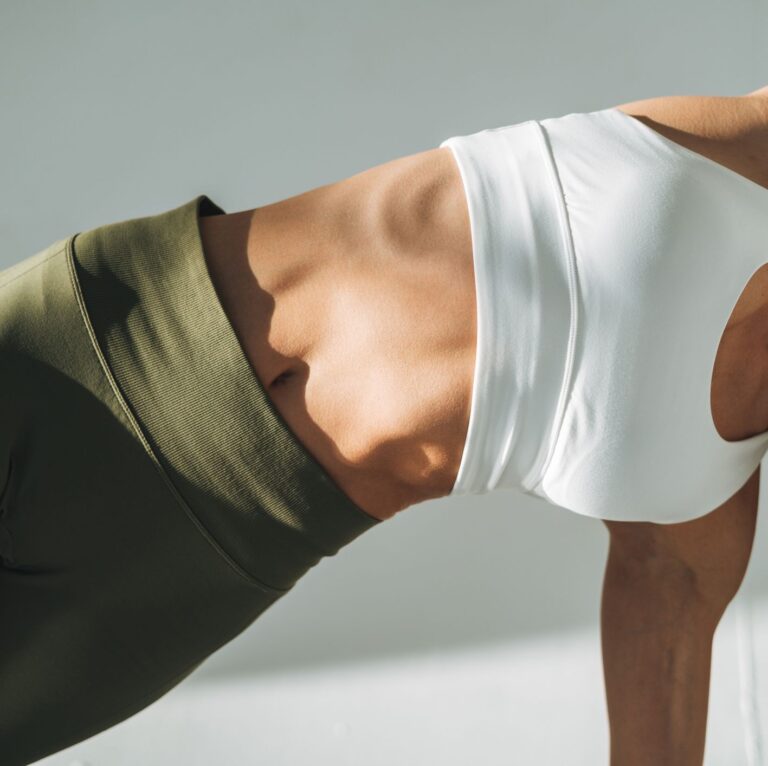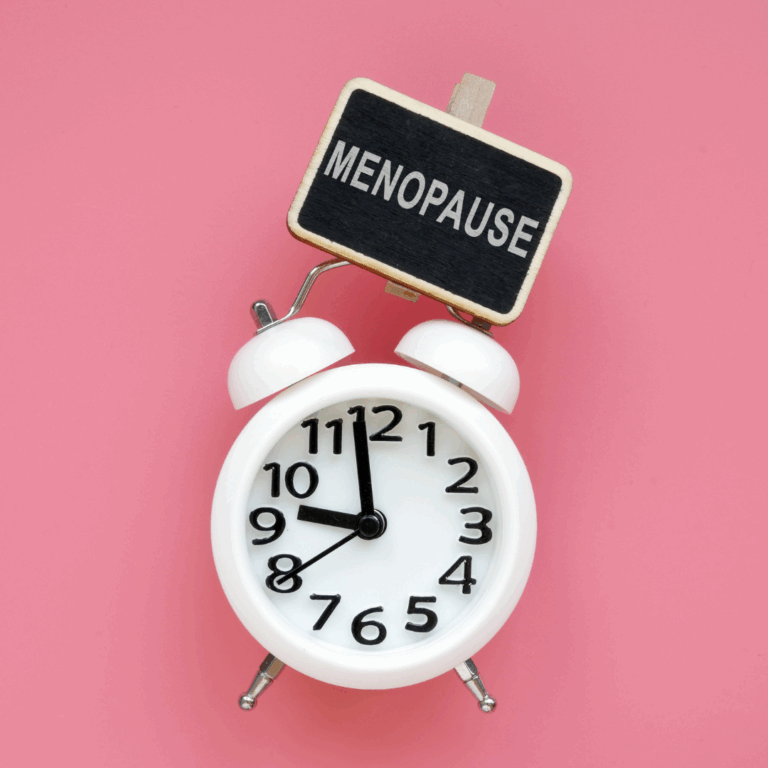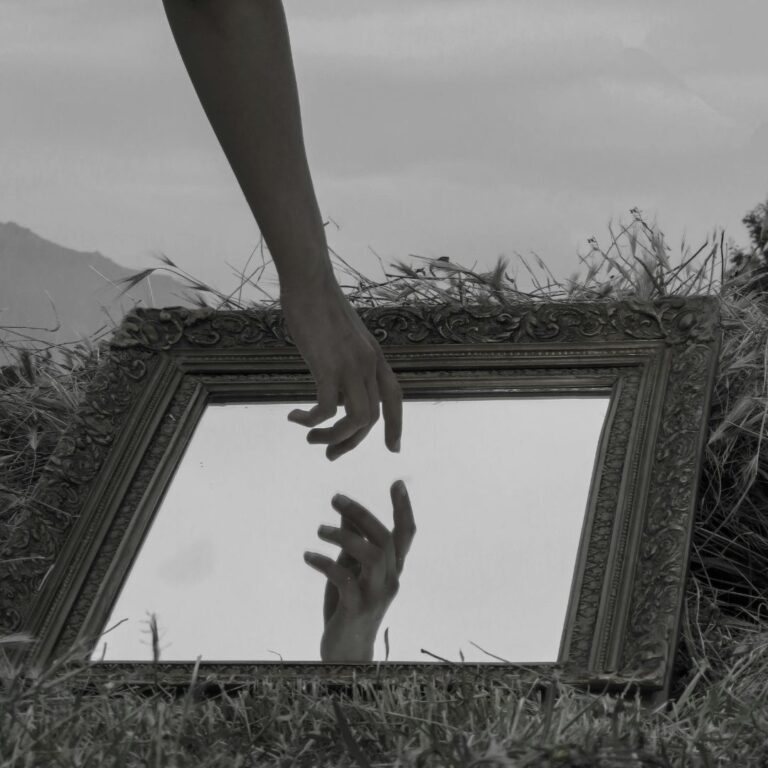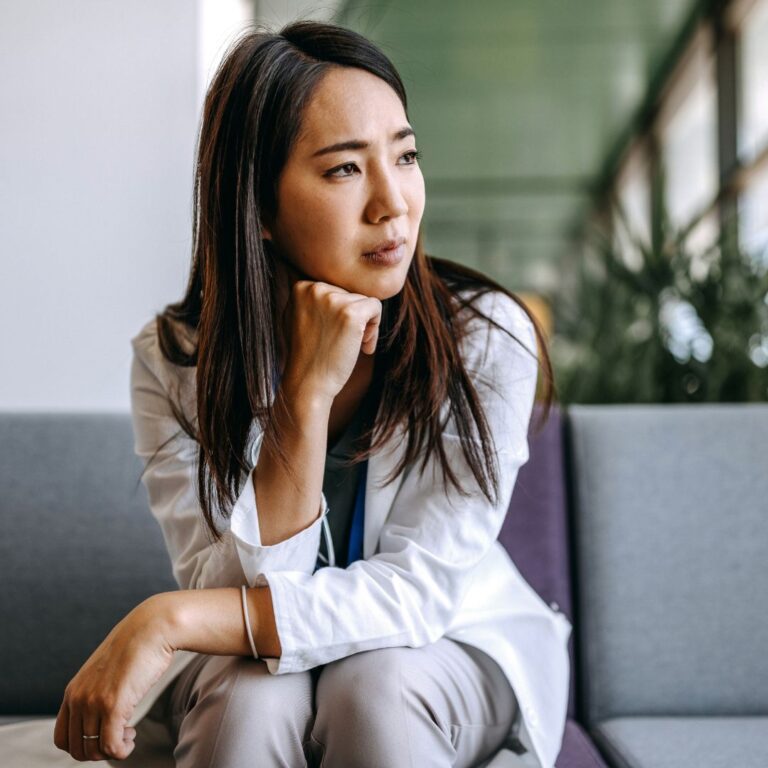Tackling menopause symptoms from head to toe – literally
Health12.06.2024
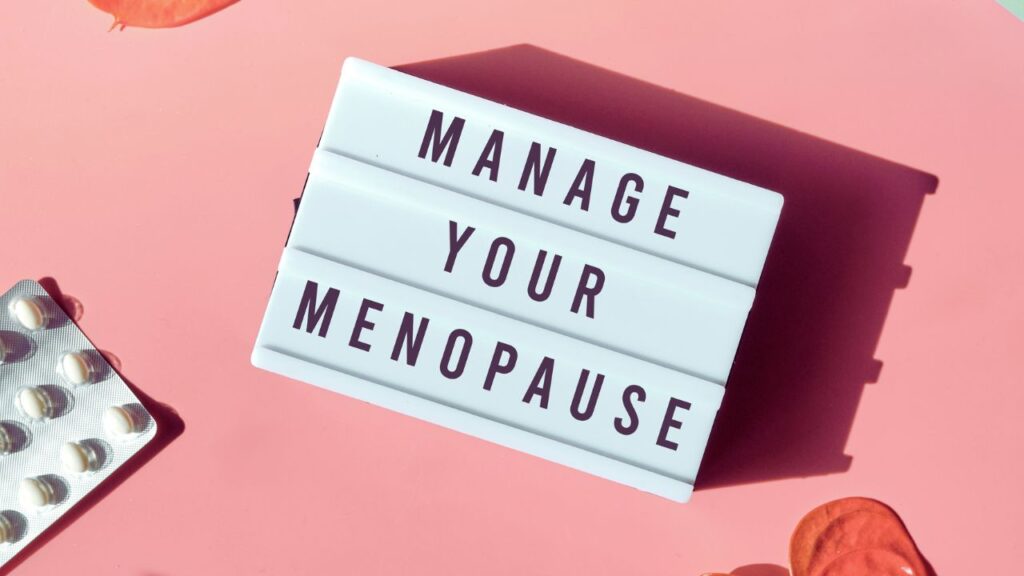
Discussing local symptoms of menopause can feel a bit like that children’s song, “Head, shoulders, knees and toes” — you start talking about one body part and before long you’ve expanded to include almost everything.
Not unlike our previous discussion about systemic menopause symptoms, it’s true that there’s a lot going on with women of menopausal age. We’re busy! We’re aging! We’re at some stage of menopause!
All these things may contribute to poor sleep, an unbalanced diet, not enough exercise, and stress — so which symptoms are due to menopause, and which aren’t?
It’s worth carefully considering your own life — and lifestyle — and possibly having a discussion with your doctor to make sure none of your symptoms need further inquiry, but there’s a selection of local symptoms many women will experience during menopause and, for the purposes of this story, we’re going to break them into four areas of your body: hair, skin, breasts, and vagina (we don’t think The Wiggles are going to be singing that one anytime soon).
Let’s start at the top and work our way down.
Hair
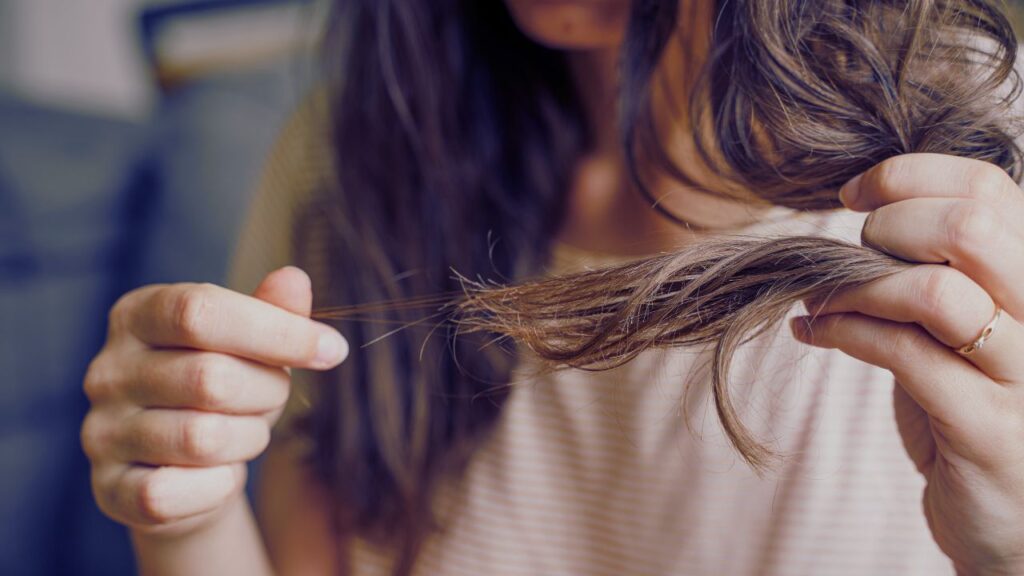
First, the why. Would you be surprised if we said it comes back to hormones? Studies suggest that lower estrogen and progesterone, which help you grow and keep your hair, along with higher androgen production, which shrinks hair follicles, are to blame for hair loss or thinning.
The good news? Hair loss in women is often subtle — generally more thinning than balding. The not-as-welcome news? You might also experience more facial hair growth — some women describe this as an overall “peach fuzz,” or you could see unwelcome hairs on your chin.
What can you do to help your hair through menopause? A bonus of the following tips is that many of them will help with other symptoms as well:
- Check your stress – Doing yoga, exercising, or even just indulging in conscious breathing
- Move it – You’ve heard it before: exercise is good for everything — insomnia, weight control, mood swings, and hormone imbalance. Remember we said hormones can help (or hinder) hair growth?
- Eat well – Getting enough vitamin B6, folic acid, and essential fatty acids can boost your hair health. Good sources? Some include green tea, salmon, tuna, flaxseed oil, walnuts, and almonds.
- Stay hydrated – Experts say water promotes growth, maintains scalp health, facilitates nutrient distribution, and improves hair elasticity … and it’s free, so why not?
- Embrace change – Most of us have a tried-and-true hair routine … and most of us are doing something that hurts our hair, like excessive heat, harsh colouring and treatments, and sun or chlorine exposure. If you’re worried about the health of your hair, maybe it’s time to make a change (or two) to show your locks some love.
And, of course, make sure your doctor knows if you’re experiencing hair thinning or loss — there may be things she can do to help.
Skin
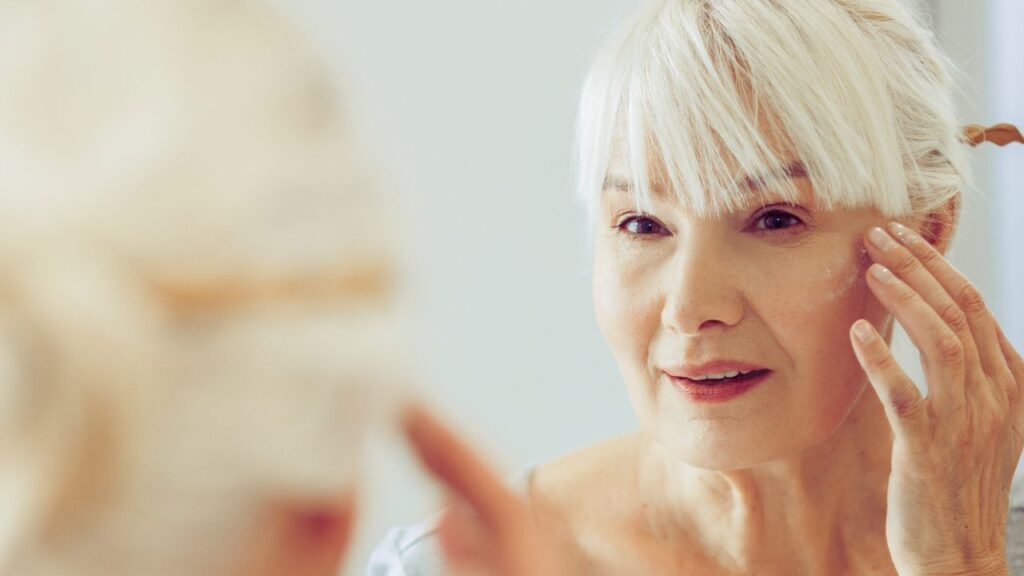
Hormonal changes, combined with age and accumulated sun exposure, might lead to some of the following effects visible on your skin:
- Bruising easily – With less estrogen, our skin thins, and thinner skin bruises more easily. Sun protection can help prevent further skin thinning, and getting enough vitamins also helps. You’ll find an in-depth dive here.
- Dry skin – In menopause your skin may be less able to hold water. Increasing how often you moisturize can definitely help — especially using a product with hyaluronic acid or glycerin — but you may also want to re-evaluate your soap or cleanser so you’re not drying your skin before you can even moisturize it.
- Facial hair – There are both at-home and professional tactics for dealing with facial hair, ranging from very low-tech (plucking the occasional stray hair) to high-tech (laser or electrolysis). If this is a new issue for you (and if it’s bothering you), consulting your doctor or a dermatologist might be a good first step.
- Slack skin/wrinkles – No surprise, tip number one is to protect your skin from the sun. Get more dermatologist-recommended tips here.
- Pimples – As if re-experiencing pimples wasn’t cruel enough, the thinner, drier skin of menopause means acne treatments designed for teenagers are likely too harsh and, in fact, can lead to more breakouts. A cleanser containing salicylic acid can help unclog pores, and there are a number of things to avoid doing.
- Rashes/irritation – If your skin seems more sensitive, it could be caused by changing pH levels — this could worsen conditions like eczema or rosacea. Trying different products, particularly fragrance-free ones, may help.
Dermatologists are familiar with the effects of menopause on our skin, so it may be worth a consult.
Breasts
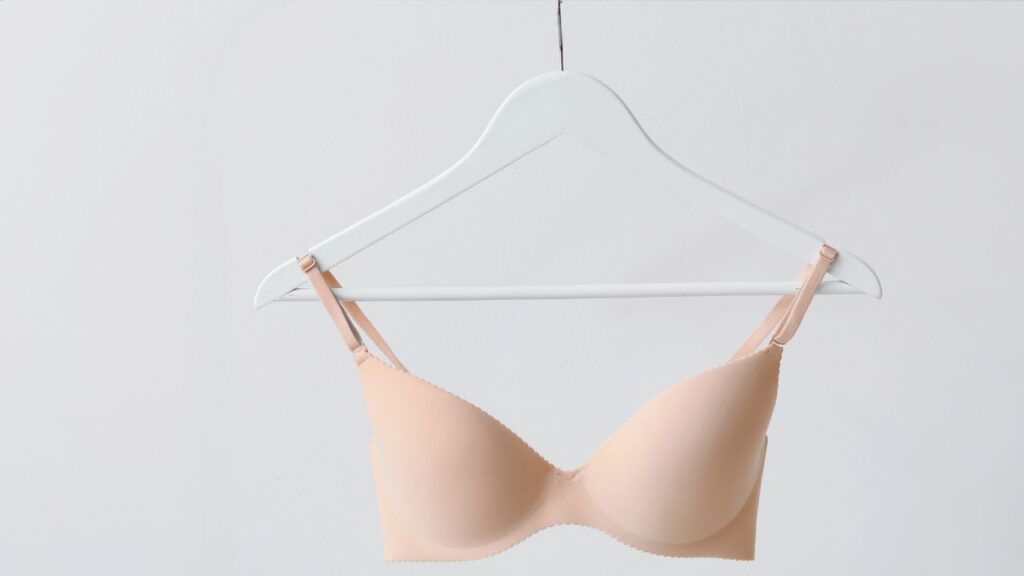
Just like our skin may suddenly start doing things we’re not used to — or thought we were done with — our breasts might also look and feel different during menopause.
- They might be tender … when you least expect it. If your breasts used to hurt when you were in puberty or around the time of your period, well, guess what … hormones were to blame then and now they’re unpredictable! A comfortable and supportive bra, painkillers, and compresses are your friends.
- Their consistency could change. The glandular tissue associated with lactation will likely shrink, which may leave your breasts softer and, possibly, lumpier. Hormone therapy can also change the composition of your breasts. As with all things, it’s good to discuss your breast health with your doctor and to make sure you’re having regular mammograms.
- You might need new bras! Menopause can lead to size and shape changes across different parts of our body, and breasts are no exception. About one in five women change bra sizes after menopause, so if your breasts are uncomfortable, it might be your bra. And don’t forget sports bras — we keep saying exercise is good for menopause symptoms, so you’ll need the right support.
Vagina
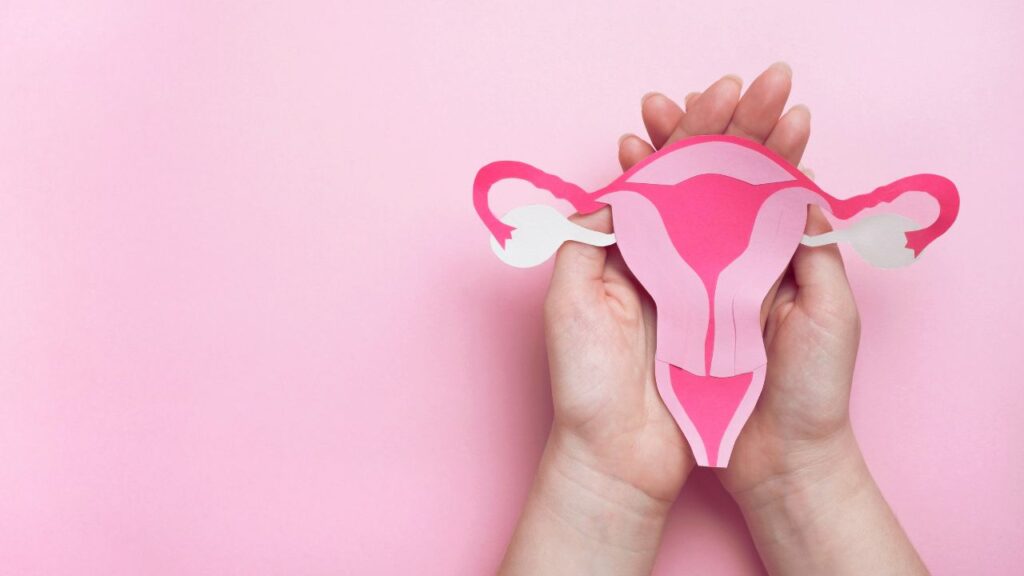
Our vagina and vulva have skin, too, and just like the skin we might notice more readily — on our hands or faces — vulvovaginal skin can also thin and become dry during menopause.
Our menopause expert, Dr. Emily Delpero, has a focus on vulvar skin disorders, and these are symptoms she sees often. “People come to me and they’ve noticed that they’re dry, or they’re itchy, or they’ve experienced sex differently, or it’s more painful.”
One of Dr. Delpero’s main messages for people experiencing these changes is very direct: “You aren’t broken.”
In menopause it’s not unusual to experience discomfort, which may include daily irritation and dryness and can be noticeable during urination, penetrative intercourse, and other forms of sexual activity. If these symptoms are related to the changed hormonal environment, there are local treatments which may help:
- Local estrogen therapy is helpful for many women. It’s a way of replacing some of the hormones your body’s no longer making in a targeted way. Estrogen can be delivered locally via ring, suppository tablet, or cream — your doctor can help with this.
- Moisturizer – After all, you moisturize the rest of your skin, right? There’s a wide selection of products available — this link will give you many options, with instructions for using them. However, it can be as simple as using a natural oil (vitamin E or coconut oil) readily available from your grocery store or local pharmacy.
- Lubricants can also help to make vaginal insertion or external sexual touch more comfortable and pleasurable, and these are also easily available over the counter (see the same story for suggestions).
From the tips of our hair to the soles of our feet, menopause reminds us of the intricate ways our bodies adapt to change. These changes — wherever they occur — are signposts of a significant phase in our lives. Embracing this transition with knowledge, care, a touch of humour — and a dollop of moisturizer — can help us navigate this journey with confidence and grace.


